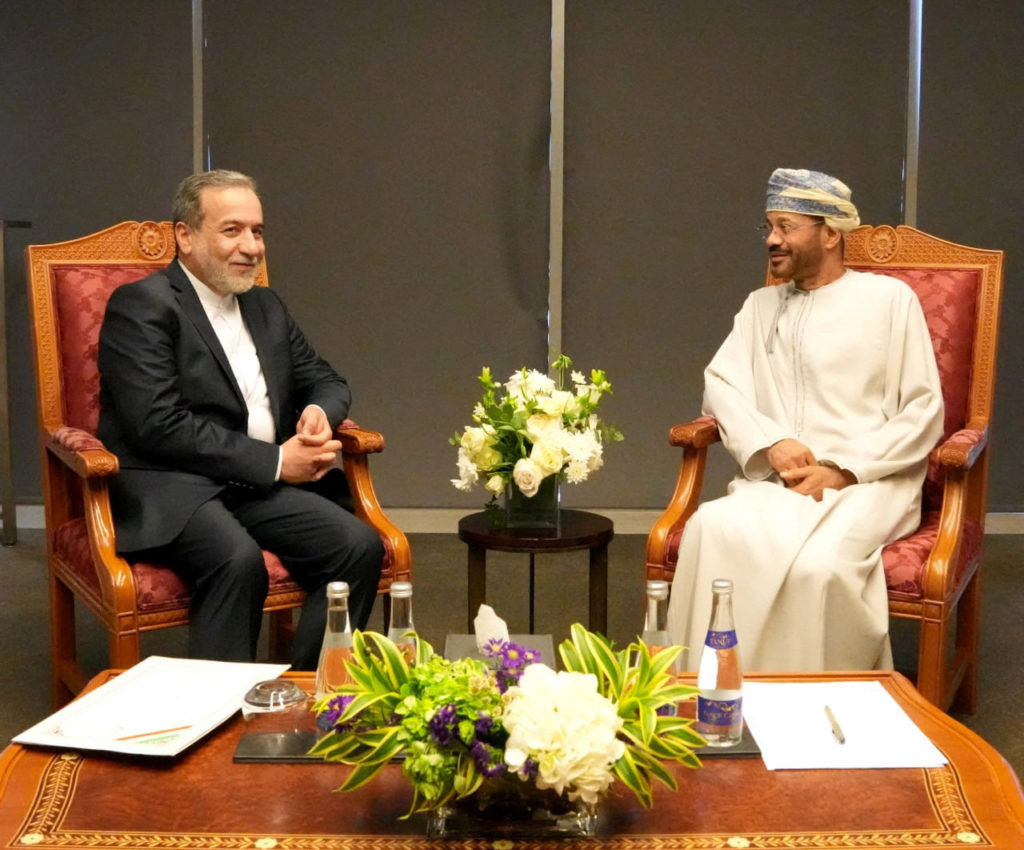US and Iran held promising indirect talks in Oman on nuclear issues. Discover the details, stakes, and what’s next for global diplomacy.

Picture this: two global powers, long at odds, sitting just rooms apart in Oman’s capital, Muscat. No handshakes, no direct eye contact—just a mediator shuttling messages back and forth. Yet, the United States and Iran called their recent indirect talks “positive.” Could this be a turning point? With another round planned for next week, the world is watching. Let’s dive into the details of this high-stakes diplomatic dance.
A Unique Setup in Muscat
On April 10, 2025, US and Iranian delegations gathered in a Muscat hotel. Oman’s Foreign Minister, Sayyid Badr al-Busaidi, played host and go-between. The setup was unconventional: each team stayed in separate suites, passing notes through Badr like students in a tense classroom. The talks stretched over three hours, covering Iran’s nuclear program and more. Surprisingly, both sides left smiling, calling the mood “respectful” and “constructive.”
Why These Talks Matter
The US and Iran haven’t seen eye-to-eye in decades. Tensions spiked after the US exited the 2015 nuclear deal in 2018, slapping sanctions on Iran. Tehran responded by ramping up uranium enrichment, raising fears of a nuclear-armed Iran. These talks aim to hit pause on that escalation. For the US, it’s about global security. For Iran, it’s about easing sanctions that have crippled its economy—oil exports are down, and inflation is soaring past 40%.
But it’s not just about nukes. A breakthrough could cool conflicts across the Middle East, from Yemen to Syria. It might even steady global oil prices, which affect your gas pump and grocery bills. This isn’t just diplomacy—it’s personal.
What Went Down: Key Highlights
Calm Vibes: Unlike past shouting matches, both sides kept it civil. US envoy Robert Malley called it “a good start.”
Oman’s Role: Oman, a neutral player, has a knack for bridging divides. It hosted similar talks in 2013, paving the way for the original nuclear deal.
Hot Topics: Iran’s nuclear centrifuges, uranium stockpile limits, and US sanctions relief topped the agenda.
Next Round: Both teams will reconvene on April 19, 2025, to tackle thornier details.
The Challenges Ahead
Don’t pop the champagne yet. Iran insists on indirect talks, wary of US intentions after years of broken promises. The US, led by Secretary of State Antony Blinken, wants face-to-face meetings for faster progress. Then there’s the technical side: verifying Iran’s nuclear rollback is a logistical nightmare. Inspectors need access to sites like Natanz, but Iran’s been cagey. Plus, hardliners in both capitals could derail things—Tehran’s parliament chants “Death to America,” while US hawks push for tougher sanctions.
Still, there’s hope. The White House called the Oman talks a “trust-building exercise.” Iran’s Foreign Minister, Abbas Araghchi, hinted at “room for compromise.” Even small steps could lead to big changes.
What’s at Stake for the World
Imagine a world where Iran halts its nuclear ambitions. The US lifts sanctions, and Iranian oil flows freely again. Middle East tensions might ease, letting diplomats focus on other crises—like Yemen’s humanitarian disaster or Syria’s rebuilding. Closer to home, stable oil markets could mean lower prices for everything from fuel to food. But if talks collapse? Expect more sanctions, higher tensions, and maybe even military standoffs in the Persian Gulf.
Why You Should Care
This isn’t just a story for policy wonks. It’s about your wallet, your security, and the world your kids inherit. A deal could bring stability; failure could spark chaos. Plus, it’s a reminder that even bitter rivals can talk—if they want to.
What do you think—can the US and Iran find common ground? Drop your thoughts in the comments! Follow Recital Blog for the latest on this unfolding drama.

